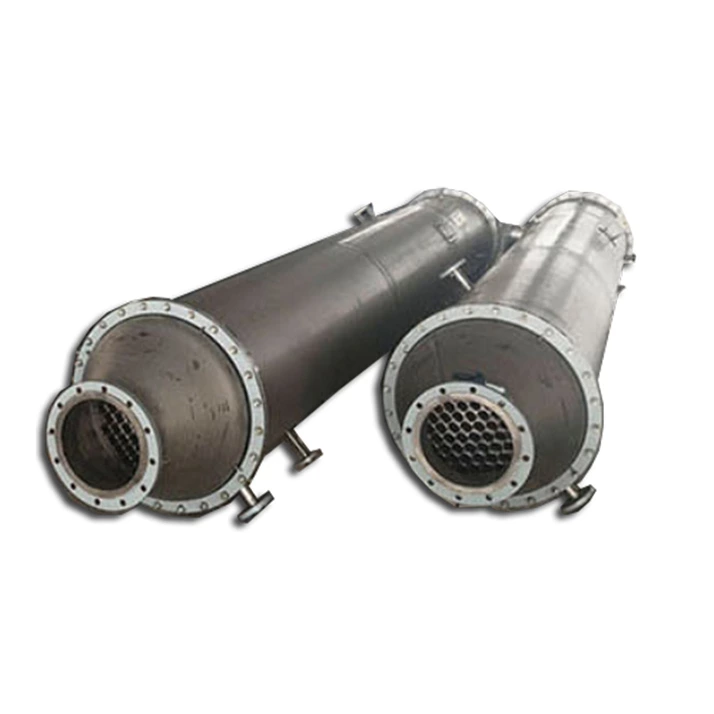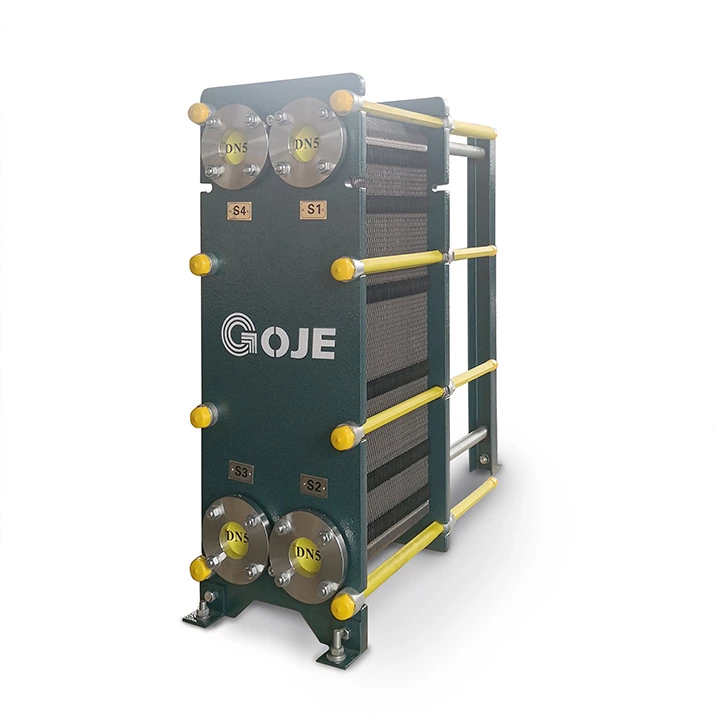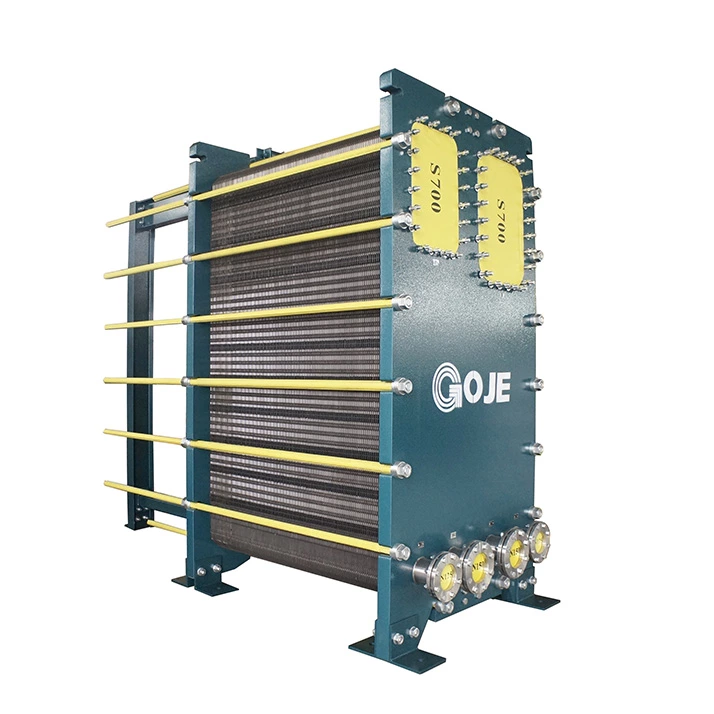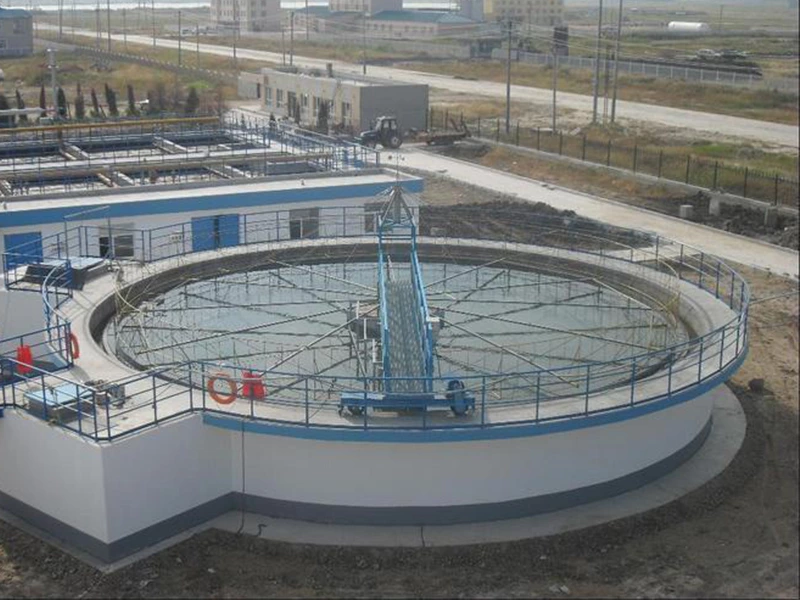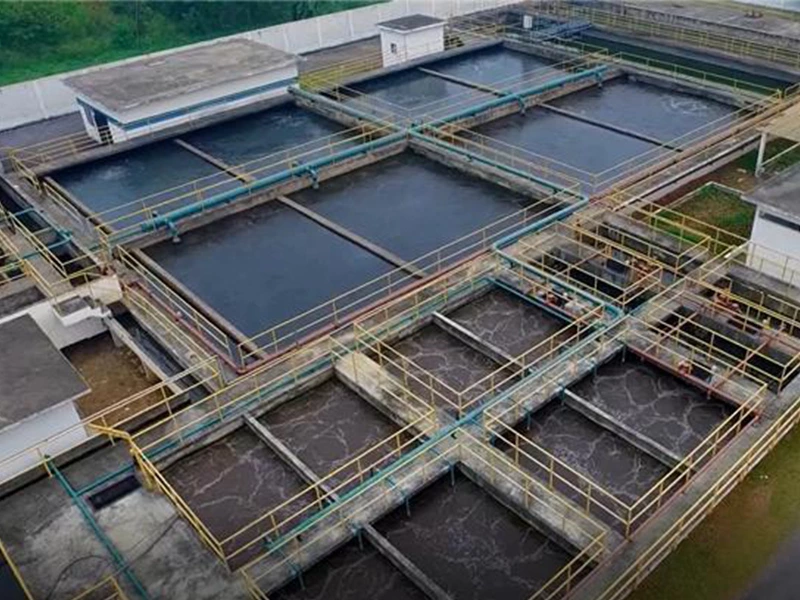Membrane treatment equipment for water treatment
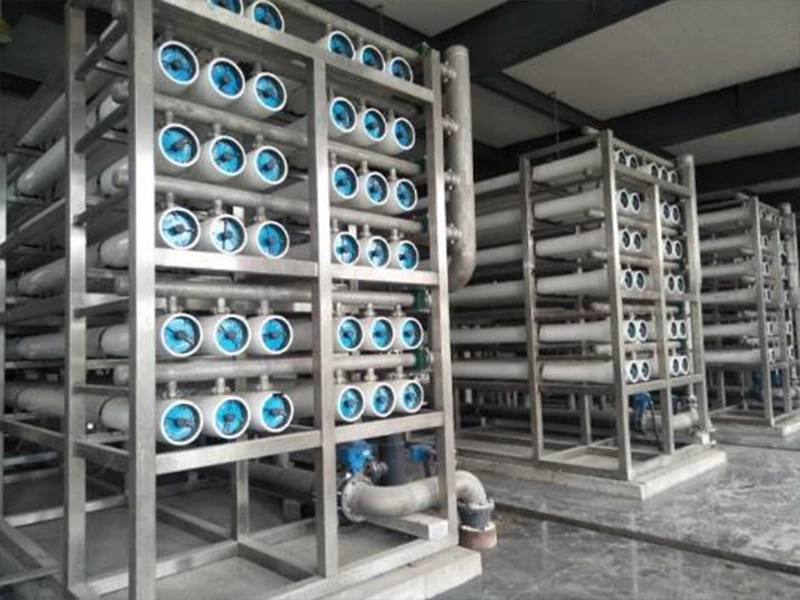
Membrane treatment process
The foundation of the membrane treatment process is separation. According to the average pore size of the membrane, it can generally be divided into four categories: microfiltration (MF), ultrafiltration (UF), nanofiltration (NF), and reverse osmosis (RO). Their filtration precision Higher and higher.
In the water treatment industry, these four types of membranes all play an important role: microfiltration and ultrafiltration membranes can provide higher filtration precision, remove tiny particles in the water, and provide higher water quality for subsequent treatment; nanofiltration and Reverse osmosis can separate different ions in water to achieve concentration and purification.
1、Microfiltration
The coagulation and filtration principles of microfiltration and pretreatment processes are similar, but the microfiltration membrane has better corrosion resistance and cleaning resistance. It is widely used in the field of industrial water hardness removal. The most representative one is softening and silicon removal TMF . membrane system.
The softening and silicon removal TMF is mainly composed of a dosing tank, a reaction tank, a TMF system and supporting chemical dosing equipment. In the dosing tank, corresponding chemicals are added according to process needs, and the pH value of the reaction is accurately controlled. The chemicals and incoming water are evenly mixed through mechanical stirring, and the overflow enters the reaction tank for full reaction. The softened effluent is pumped to the TMF membrane for efficient interception to achieve solid-liquid separation, and the concentrated sludge is returned to the softening pretreatment unit.
Tubular membranes use tangential flow and pressure-driven filtration processes to separate particles according to molecular weight. The diameter of the inner membrane tube is usually 4 to 12 mm, and the filter pore size is distributed in the range of 0.002 to 0.1 μm. Driven by the inlet pressure of raw water, dissolved substances and substances with particle sizes smaller than the membrane pore size will be able to pass through the membrane, and large particles such as chemically softened sludge and suspended particles, colloids, organic macromolecules, bacteria and microorganisms will be separated.

2、Ultrafiltration
Ultrafiltration (UF) device is an advanced membrane separation technology. The solvent and various small solutes contained in the feed liquid pass through the filter membrane from the high-pressure feed liquid side to the low-pressure side, thereby obtaining the permeate liquid or ultrafiltrate. ; The micropores of its ultrafiltration membrane can reach less than 0.01 micron (one hundred thousandths of a millimeter), which can effectively remove particles, colloids, bacteria, heat sources and organic matter in the water, while solute molecules larger than the membrane pore size are intercepted by the membrane and become concentrated. liquid.
In general industrial water treatment processes, the ultrafiltration system is the guarantee for the stable operation of subsequent nanofiltration and reverse osmosis systems.
3、Nanofiltration
There is no clear boundary between nanofiltration and reverse osmosis. Nanofiltration membranes are not perfect barriers to dissolved salts or solutes. The level of penetration of these solutes through the nanofiltration membrane depends on the salt or solute and the type of nanofiltration membrane. Therefore, the principle and equipment structure of the nanofiltration device are exactly the same as those of the reverse osmosis device. The only difference between the two is that different materials and manufacturing processes are adopted during the processing of membrane elements to form different membrane pore sizes to achieve selectivity for different components. interception.
Through the above analysis, it is found that each desalination process has its scope of application. Compared with the chemical reaction process of electrodialysis and ion exchange desalination, reverse osmosis and nanofiltration are physical desalination. The desalination process is relatively safer and more environmentally friendly, and requires less chemical agents for operation. Compared with thermal desalination, reverse osmosis Osmosis and nanofiltration have the advantages of no phase change and low energy consumption. Reverse osmosis and nanofiltration have the characteristics of simple treatment process, compact structure, high desalination rate, high degree of automation, and simple system management and maintenance.
4、Reverse osmosis
Reverse osmosis, also known as reverse osmosis, is a membrane separation technology that uses pressure difference as the driving force to separate solvent from aqueous solution. Among various types of desalination treatment processes, reverse osmosis technology is the most successfully applied, fastest growing, and most popular in China in recent years. The smallest unit of the reverse osmosis device becomes the membrane module, which is usually called a membrane element for rolled membranes. It is the core technology for realizing mine water desalination. Reverse osmosis membranes are mostly made of special materials (such as aromatic polyamide, cellulose acetate, etc.) and processing methods. They are the most sophisticated membrane desalination technology and have selective permeability. Under the action of external pressure, it can basically intercept all soluble salts and organic matter with a molecular weight greater than 100, but allows water molecules to pass through, thereby achieving the purpose of desalination, purification or concentration and separation.
The reverse osmosis membrane element is similar to a long envelope-shaped membrane bag, with the open side bonded to the product water center tube containing the openings. Wrap multiple membrane bags onto the same product central tube, allowing the feed water flow to flow from the outside of the membrane. Under the feed water pressure, fresh water enters the membrane bag through the membrane and then flows into the product water central tube.
In order to facilitate the flow of product water in the film bag, a fabric support layer for product water diversion is sandwiched in the envelope-shaped film bag. In order to make the feed water flow evenly across the surface of the membrane bag and disturb the water flow, a mesh layer is sandwiched in the water supply channel between the membrane bags.
Reverse osmosis membrane elements have the characteristics of compact structure, large effective membrane area per unit volume, high desalination rate, relatively simple manufacturing process, and convenient installation and operation. It is widely used in seawater and brackish water desalination, boiler water supply, industrial pure water, wastewater advanced treatment and special separation processes.
Currently, in high-salt water treatment projects, the reverse osmosis membrane forms that have certain applications mainly include traditional reverse osmosis (RO), disc type reverse osmosis (CDRO), and pipe network reverse osmosis ( STRO). Among them, CDRO and STRO are mostly used in the concentration and reduction treatment of landfill leachate projects.
